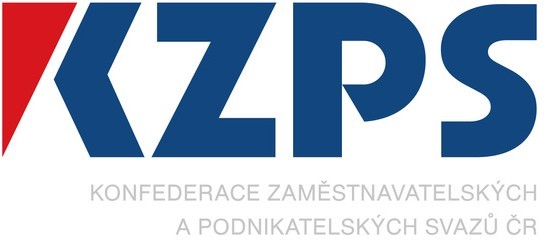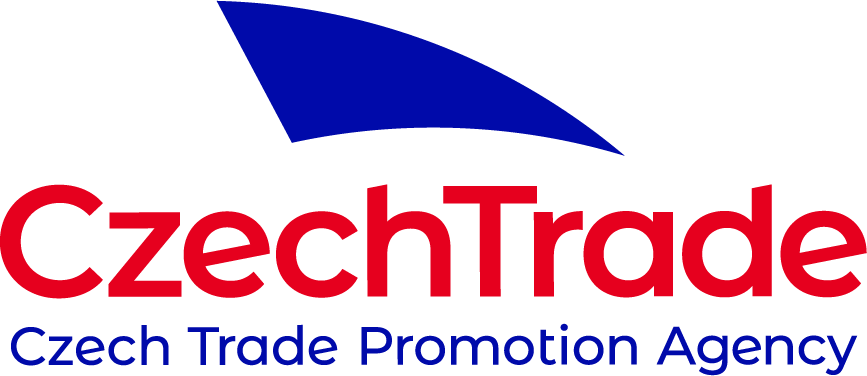Czech Business Today
Will 2011 be a good year for international trade and for Doha?
EU trade is the engine of global growth. It contributes to the creation of sustainable jobs and has a real impact on everyday lives of people and businesses. The European Union is the biggest global element of international trade and investment.
However, the EU is challenged 2010 the European Commission presented its renewed Trade Strategy. It focused on removing persistent barriers mainly via achieving the ongoing multilateral and bilateral trade deals and searching for new ways to work with the main EU trade partners. Over 40 representatives of European institutions, the Member States and the business sector, gathered to discuss Commission´s paper two days after its release and agreed that the strategy reflects their main concerns, however, it lacks concrete measures to achieve these ambitious goals.
Trade is a key pillar of the EU growth, especially in the time of economic recovery. The value of EU trade has grown by 75% over the last ten years, however, in five years time, 90% of the world growth will be generated outside Europe, with a third from China alone. It is a challenge for Europe to remain the number one economy and strategy is the tool to achieve it.
The new Trade Strategy has a close link to the EU 2020 Strategy and is a starting point of the discussion with a broad range of stakeholders. A key priority of the Strategy is to conclude on-going negotiations at multilateral and bilateral level. Europe wishes to conclude the Doha round as soon as possible and 2011 seems to be a good year to achieve this goal. Trade liberalization is even more important for small export-oriented economies. Global trade is not static but changing and Europe has to focus even more on the protection of IPR, investment, regulatory issues, market access public procurement and the synergy between our single market and what we are doing externally.
In 2011, the Commission will report to the European Spring Council its first annual report on trade barriers. The strengths of the strategy are continuity, predictability, transparency, coordination and EU branding. Stakeholders also appreciate the new way in which the Strategy will be shaped from now on. This task includes cooperation with stakeholders, smart administration and efficient interaction among EU institutions.





